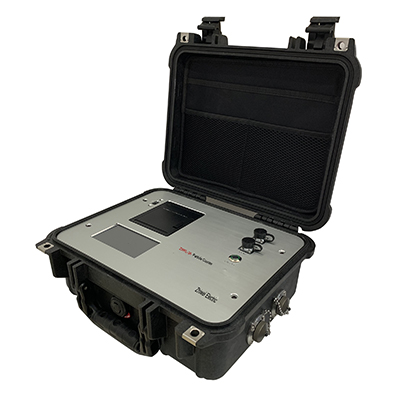How does the manufacturing test systems with high acidity or alkalinity?
Manufacturing test systems designed to handle samples with high acidity or alkalinity typically incorporate special features and considerations to ensure accurate and reliable testing results.
Here’s how such systems are typically designed:
- Material Selection: Components of the test system that come into contact with acidic or alkaline samples must be resistant to corrosion and degradation. High-quality materials such as stainless steel, glass, or chemically inert plastics are commonly used to construct sample handling components, reaction vessels, and fluidic pathways.
- Chemical Compatibility: All components of the test system, including tubing, valves, seals, and fittings, must be chemically compatible with acidic or alkaline samples to prevent contamination, degradation, or leaching of materials into the sample. Compatibility charts provided by manufacturers can help ensure the selection of appropriate materials.
- Sample Handling Precautions: Special precautions are taken during sample handling to prevent exposure of sensitive components to high acidity or alkalinity. This may include the use of dedicated sample pathways, rinsing protocols, and cleaning procedures to minimize the risk of cross-contamination and sample carryover.
- Buffering and Neutralization: In some cases, buffering or neutralization steps may be incorporated into the test system to adjust the pH of acidic or alkaline samples to a more suitable range for analysis. This can help ensure compatibility with analytical methods and instrumentation and improve the accuracy and reliability of test results.
- Calibration and Validation: Manufacturing test systems designed for high acidity or alkalinity undergo thorough calibration and validation procedures to ensure accurate and reliable measurements. manufacturing test systems Calibration standards and validation protocols are established to verify the performance of the system under various operating conditions and sample matrices.
- Safety Measures: Safety features are integrated into the test system to protect operators and equipment from exposure to hazardous chemicals. This may include the use of safety interlocks, ventilation systems, personal protective equipment (PPE), and emergency shutdown procedures to mitigate risks associated with handling acidic or alkaline samples.
- Regular Maintenance: Ongoing maintenance and upkeep of the test system are essential to ensure its continued performance and reliability. This includes routine inspection, cleaning, and servicing of components to prevent corrosion, contamination, or mechanical failure.
By incorporating these features and considerations into the design and operation of manufacturing test systems, it’s possible to effectively handle samples with high acidity or alkalinity while maintaining accuracy, reliability, and safety throughout the testing process.
